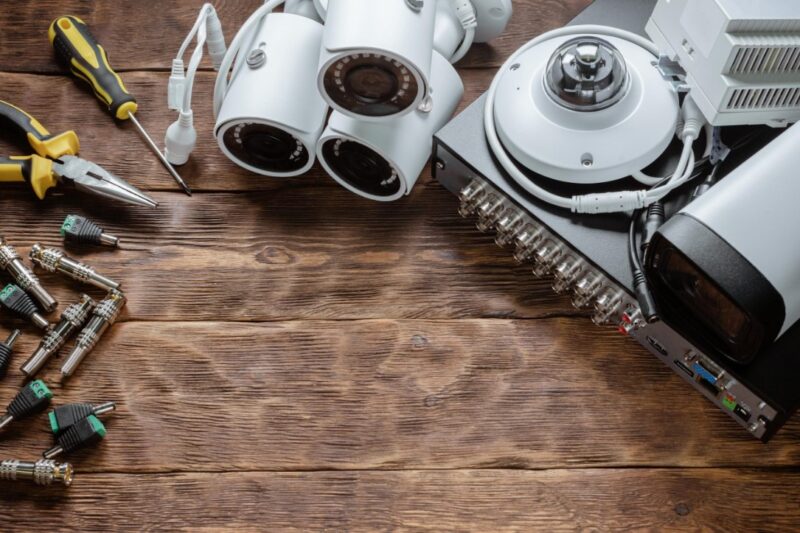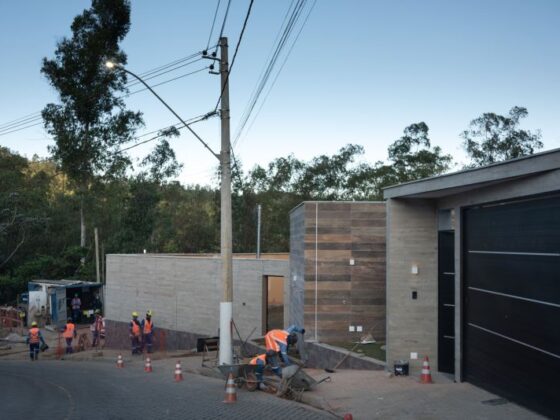Tens of millions of U.S. households are equipped with security devices. Some homes sport more devices than others. What is the most common device? The humble security camera. Approximately 51 million households (about 62%) are protected by video surveillance. But how effective is that protection?
Home security cameras or only as good as the locations in which they are placed. It is like any other tool. If you use a tool as intended, it does the job. Use it in ways that were not intended, and it becomes a less effective tool. That is how it is with home security cameras.
Incidentally, roughly 37% of American homes are equipped with a video doorbell. About 32% are equipped with full alarm systems. You can find all of these statistics, and more, in a great post on the RubyHome luxury real estate site.
Why Camera Placement Is So Important
Getting back to home security cameras and their locations, you could be forgiven if you have never taken time to think about camera placement. Most people do not. They just assume that every view is equal.
Vivint Home Security has an excellent guide on their website you can consult to figure out the best places to locate video cameras. Included in the post are five tips for choosing the right locations. Since Vivint only lists the tips without explaining them, I will expand on them in this post.
1. Cover All Entry Points
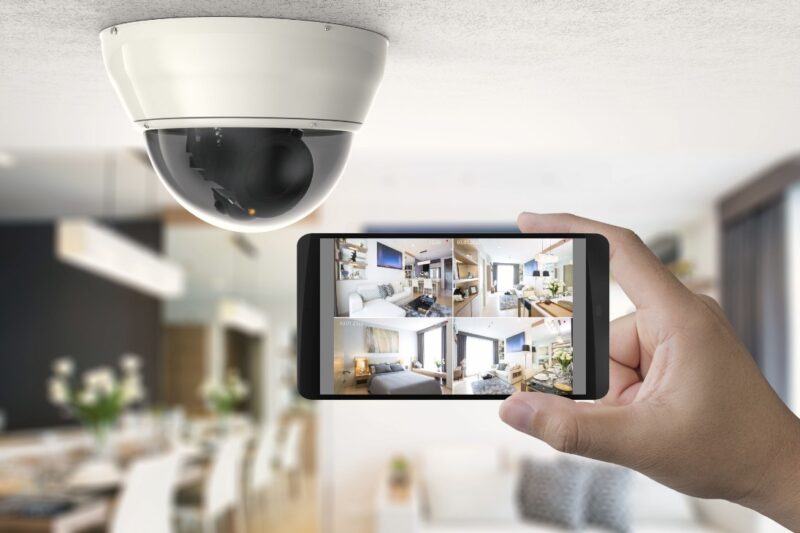
Security cameras are a lot like commercial real estate in the sense that location is everything. Maximizing their benefits starts by placing cameras in locations that cover all entry points. Focus on the first floor initially.
You should have a camera that provides a full view of the front door. If possible, that same camera might also cover the driveway and the area in front of that big-picture window. Cameras on either side of the house will provide coverage for first-floor windows. Finally, a camera or two in the back will cover the back door, patio, etc.
Covering all entry points is rooted in the understanding that criminals almost always turn to a first-floor window or door for entry. Only the most sophisticated will attempt second-floor entry, and that is only if the reward for doing so is greater than the risk.
2. Make Sure Views Are Uninhibited
Covering every entry point is vitally important, but doing so loses its value if some of the views are inhibited. Views can be inhibited by other structures, trees and shrubbery, poor lighting, or too great a distance between the camera and the coverage spot.
Imagine a homeowner installing a camera at the front corner of the house to keep an eye on the door and driveway. A cheap camera combined with a significant difference between location and door could yield images that are virtually worthless when a crime is committed.
Likewise, low branches hanging from a tree in the yard could further obstruct the view. Allowing obstructions to get in the way minimizes the value of a particular video feed.
3. Account for Blind Spots
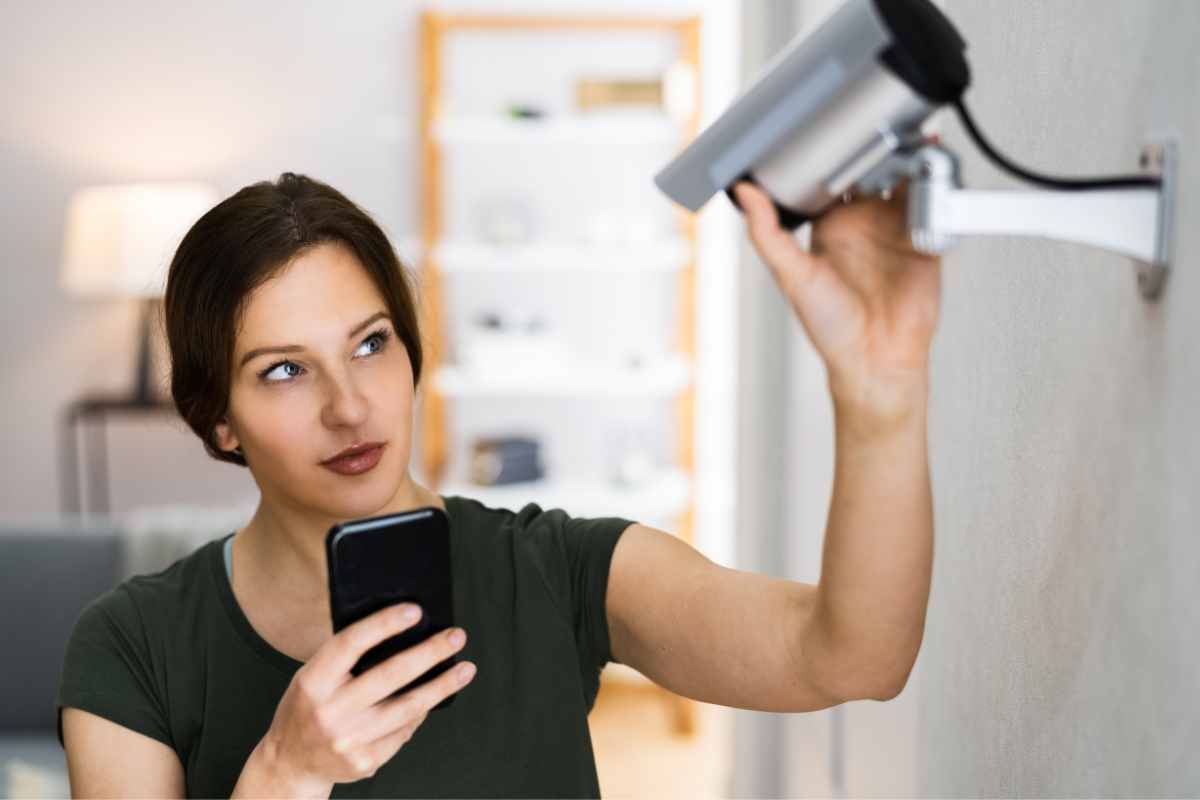
Home security cameras are also like car mirrors in the sense that they have built-in blind spots. Here is the thing: criminals know that. They know that a stationary video camera cannot provide a 360-degree view. If they can locate a blind spot that allows access to a home, they will aim for that spot.
Imagine a covered lanai on the back of a typical raised ranch. It extends beyond the back of the house by nine or ten feet. You have placed a camera in the inside corner of the lanai to provide coverage of the back door. There is also a second camera on the outside corner that gives a clear view of the side of the house. Neither camera covers the lanai windows. That is a blind spot.
Granted, maximizing coverage and eliminating blind spots could mean installing more cameras than you intended to. You need to ask yourself if the added safety and higher budget are worth it. I would say they are. Home security cameras are cheap enough these days that you do not have to spend a small fortune to get full coverage.
4. Focus on High Traffic Areas
Next, Vivint recommends focusing on high-traffic areas. This tip assumes that you will not be able to get complete coverage around the house, for whatever reason.
If you cannot install cameras to cover every inch of the first floor, focusing on high-traffic areas is a smart move for the simple fact that criminals take advantage of those same areas. Imagine a burglar canvassing a neighborhood looking for soft targets.
In all likelihood, the individual isn’t going to wander through backyards. Doing so is too risky. It is a lot safer to either walk or drive down the street in an inconspicuous manner. And in any neighborhood, the one spot with the highest traffic is the street. Installing a camera that provides a clear view of the driveway and street can be very beneficial.
5. Take Advantage of Visibility
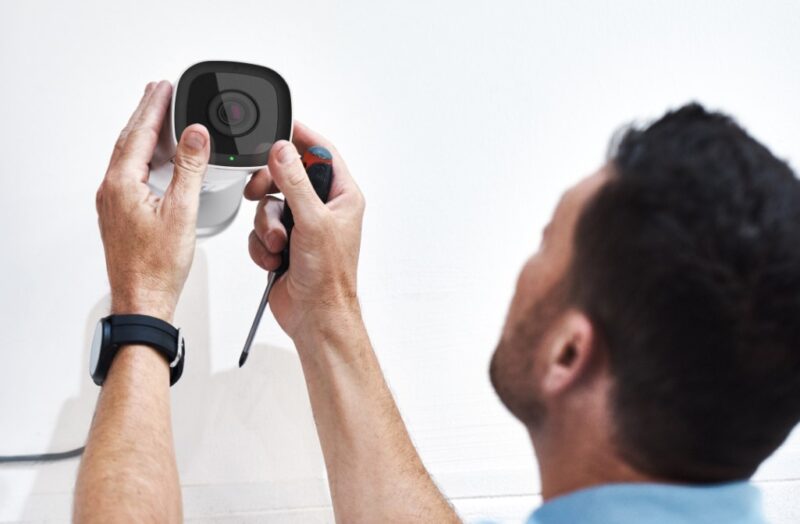
Finally, take advantage of camera visibility. For exterior surveillance purposes, forget the idea of hidden cameras. You want criminals to see that you are watching them. Why? Because it plants a seed of doubt. Seeds of doubt are enough to make most criminals consider a softer target.
The first thing visible cameras say to a burglar is that someone might be watching him in real-time. But there is a second thing criminals worry about video evidence. Even if no one is watching at the moment, stored video footage can provide evidence that helps police locate and prosecute a criminal.
If you can afford to install just one security camera, make sure you get a clear view of the front door. But if you can install multiple cameras, take advantage of the tips described in this post. Remember that home security cameras are only as good as where you place them.
